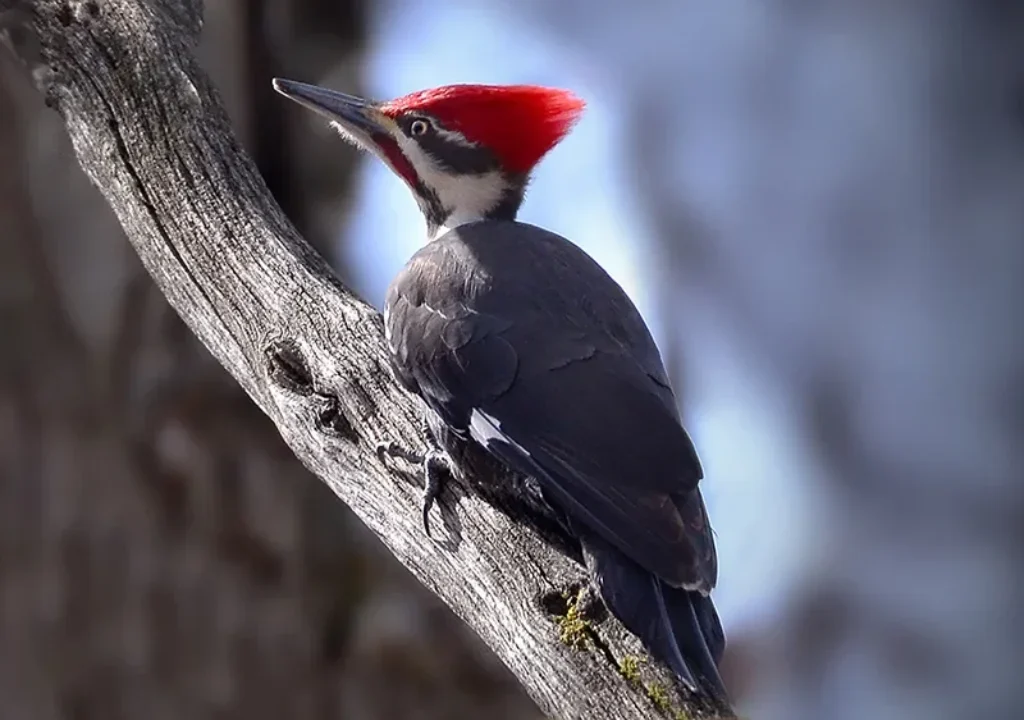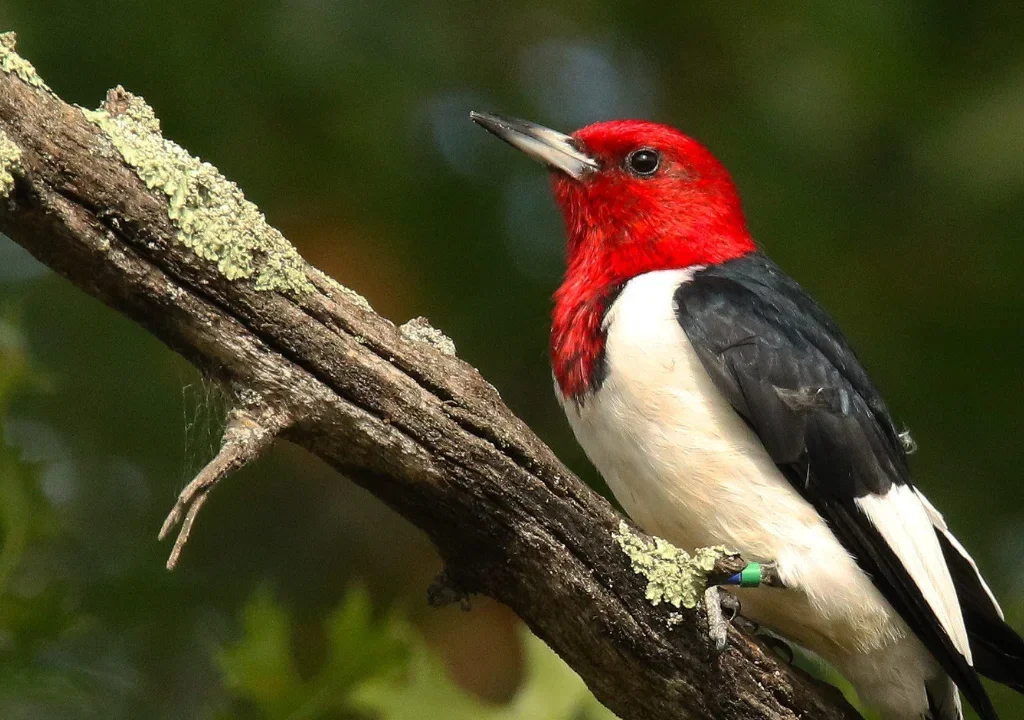
What Is the Japanese Snow Fairy Bird?
The Japanese snow fairy bird is the nickname given to the shima enaga bird, a subspecies of the long-tailed tit (Aegithalos caudatus japonicus). Found only in Hokkaido, Japan, this tiny bird is admired for its round, white appearance, endearing face, and vibrant personality. Nicknamed “snow fairy” for its ethereal, snowy look, it’s a natural symbol of winter charm.
Where Is It Found?
Unlike other long-tailed tit subspecies spread across Europe and Asia, the Shima Enaga is endemic to Hokkaido, Japan’s northernmost island. Snow-covered trees and forests are its native habitat, where it thrives year-round, even in sub-zero temperatures.
Unique Physical Traits of Japanese Snow Fairy Bird
- Japanese snow fairy Bird Size: Around 13–15 cm (5–6 inches) including the tail
- Japanese snow fairy Bird Color: Entirely white face with no black markings (unlike its mainland cousins)
- Japanese snow fairy Bird Body: Puffy, snowball-like body with a long, narrow tail
- Japanese snow fairy Bird Eyes & Beak: Tiny round black eyes and a short black beak with yellow eyelids
These features give the bird a cartoonish, almost plush-toy appearance—adding to its popularity across the country.
Behavior & Social Nature of Japanese Snow Fairy Bird
Shima Enagas are highly social birds. They travel in flocks, communicate through soft chirps, and exhibit high intelligence. Their behavior includes:
- Group foraging for insects and larvae
- Cooperative nesting and parenting
- Remaining active even in harsh winters
Their resilience and unity symbolize community strength in Japanese folklore.
Cultural Symbolism in Japan
In Japan, the shima enaga bird is more than a bird—it’s an icon of purity, peace, and resilience. It often appears in:
- Traditional arts and crafts
- Mascots and souvenirs
- Winter postcards and seasonal decorations
The bird’s snow-like plumage and gentle demeanor make it a natural fit for positive cultural representation.
Internet & Media Fame of Japanese Snow Fairy Bird
Nicknamed the “world’s cutest bird,” the Shima Enaga has become a social media sensation:
- Thousands of Instagram posts feature it with hashtags like #shimaenaga and #snowfairybird
- Popular among Japanese photographers for its expressive face
- Inspired plush toys, keychains, home décor, and more
Its fame transcends Japan, with bird enthusiasts globally enchanted by its charm.
Read Also:- American Colt Bird: The Mysterious Wetland Swimmer
Conservation & Habitat
Currently, the shima enaga bird is not endangered. However, its well-being depends on:
- Preservation of Hokkaido’s natural forest cover
- Minimal human disruption in breeding areas
Sustainable eco-tourism and awareness campaigns help ensure its continued survival.
Photography Tips for Birdwatchers
Want to spot or photograph a shima enaga bird?
- Best time: Winter (December to February)
- Location: Snow-covered woodlands in eastern or central Hokkaido
- Gear: Zoom lens (200mm+), fast shutter speed for flitting movement
- Tips: Stay quiet, be patient, and respect natural boundaries
FAQs
Final Thoughts
The Japanese snow fairy bird (Shima Enaga) is a stunning reminder of nature’s delicate artistry. With its snowy white appearance and cheerful spirit, it has rightfully earned its place as a beloved icon of Hokkaido’s winter magic. Whether you’re a bird lover, photographer, or cultural enthusiast, the Shima Enaga offers a heartwarming encounter with Japan’s natural wonders.
From the frosted trees of Hokkaido to the hearts of people around the world, this snow fairy bird continues to enchant and inspire.

